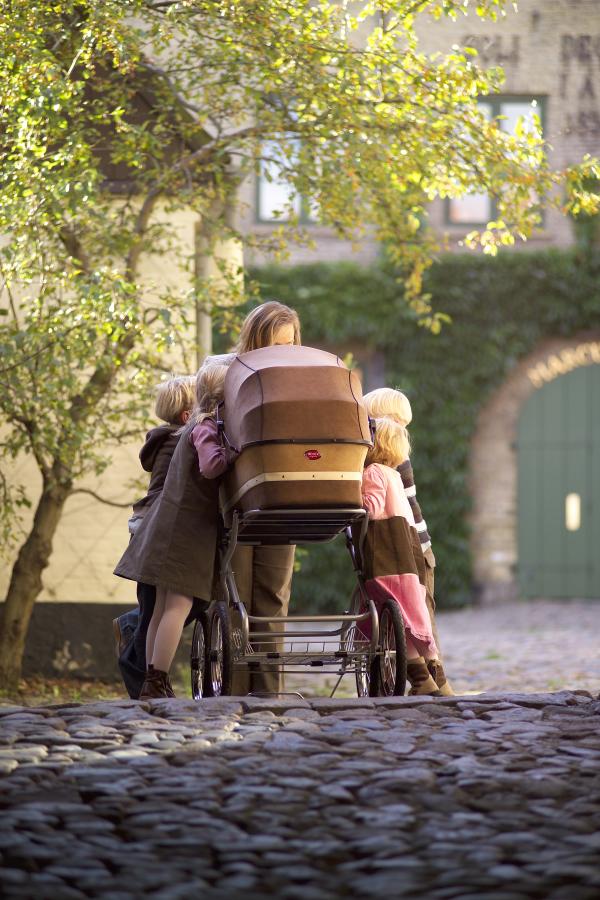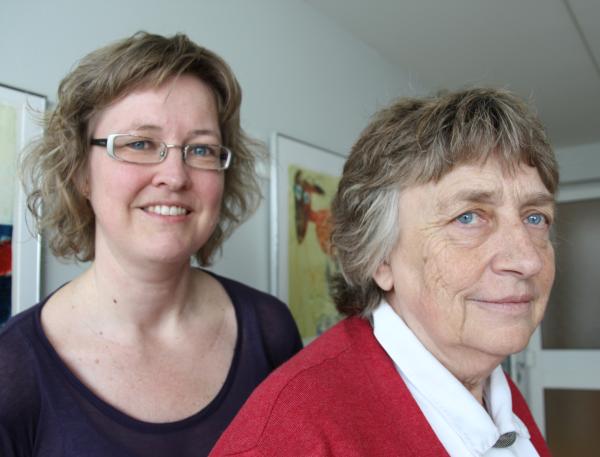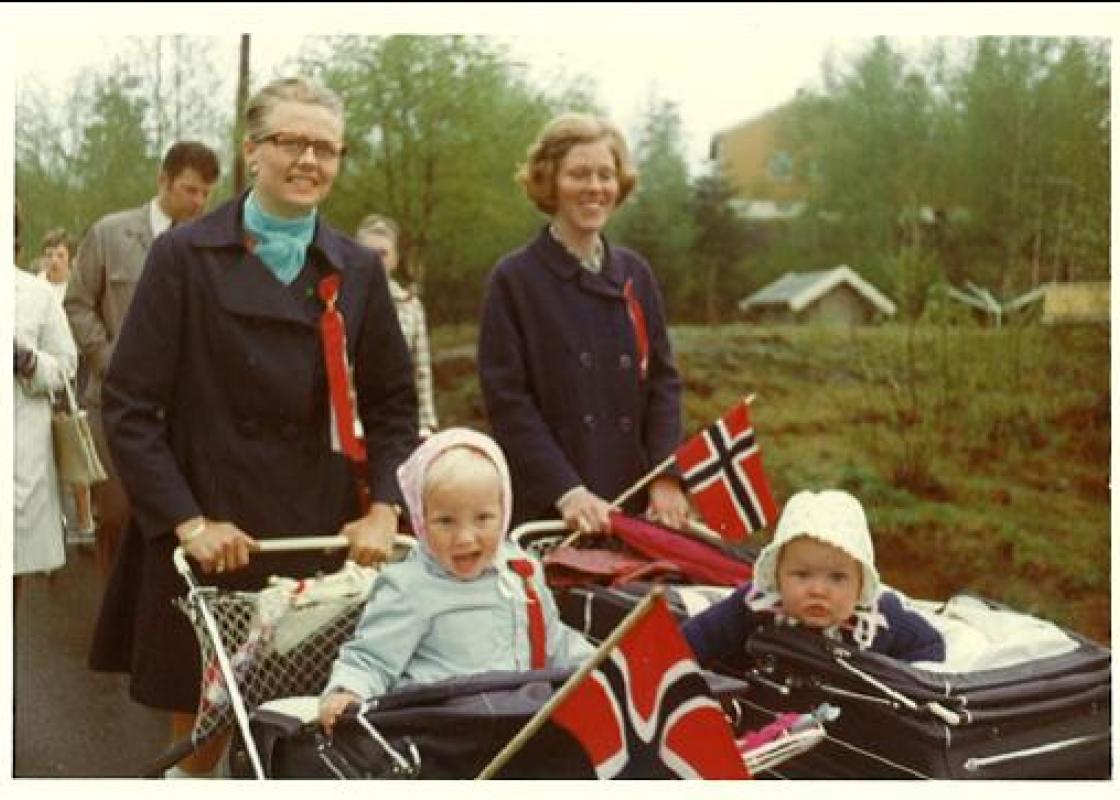Over the last 30 years the female role has changed drastically. While an average grandmother of today got married, had children and stopped working in her early 20s, modern young women choose to work and get an education. But the great majority of us still want to have a family, says Trude Lappegård and Turid Noack, researchers at Statistics Norway (SSB).
As part of the national study “Life course, generations and gender” (Livsløp, generasjon og kjønn) they have compared Norwegian women’s practice and attitudes with regard to children, family and work in 1977, 1988 and 2007. The researchers state that a lot has changed in a few years.
"It is easy to forget how drastic these changes have been, both regarding what we do and what we believe," says Lappegård.
Mom as a career woman has become customary
In 1977, six out of ten Norwegian women said that mothers with young children should not work. In 1988, the number was down to one out of four, while less than ten percent shared this belief in 2007. During the same period the number of working women went from around 50 percent in 1977 to 70 percent in 2007. Between the ages of 25-54 as many as 84 percent of the women held a job. In 1977, this number was 62,3 percent.
"Only 30 years ago many people considered having a career and being a mother to be incompatible," says Lappegård. Today, balancing work and children is common for Norwegian women, and few believe that this causes the children to suffer.
"Beliefs and practice are in other words closely related," Lappegård comments. The fact that society has undergone a revolution when it comes to family matters is also reflected in the research process itself. At the time when the first survey was conducted, interviewing men was out of the question. They were not included until ten years later.
"In 1977 it was taken for granted, also by Statistics Norway, that family and fertility were the woman’s responsibility," says Noack, who has worked on the surveys in both 1977, 1988 and 2007.
Many similarities

But despite the drastic changes regarding women’s careers, young women of today have a lot in common with their mothers. Having children and starting a family is still a top priority. And in spite of warnings and concerns: Norwegian women are as fertile now as they were three decades ago. They still have an average of almost two children each, and the number of childless women has only increased slightly, from 10 percent in 1977 to 13 percent in 2007.
The big difference is when they have children: The average age when women have their first child was 23,1 years in 1977. In 2007, the average woman waited five years longer.
"'Don’t Norwegian women want children anymore?' people asked as early as in the 1970s, worried that more and more women chose education over being young mothers. But women of today want and have about as many children as the previous generation. They just start reproducing a bit later," Noack says. She also wants to reassure those who worry that Norwegian women wait too long before they have children:
"Some media stories make it sound as if most women put off having children until they are 40 because of their career. In reality, the average woman has her first children in her late 20s instead of in her early 20s," she says.
"It is also interesting to note that this development has stopped over the last few years. Norwegian first-time mothers are not getting older and older. The average age has now settled around 28 years," Lappegård adds.
Marriage comes later
Cohabitant women were after some deliberation included in the 1977 survey, and they turned out to be a rather small group. Today, one or more periods of cohabitation are a natural part of life to most people in Norway. It is still most common to get married at some point, but many choose to wait until after they have had children.

"This is also illustrated by the fact that the average age when people first marry is two years higher than the average age for first-time mothers," says Noack. 55 percent of children born in 2007 were born out of wedlock. Of these, eight out of ten were born of cohabitant parents. By comparison, only 12 percent of children were born out of wedlock in 1977. As cohabitation has become increasingly common it has also become more accepted. In 1988, every other woman said that cohabitation was just as acceptable as marriage for couples with children. In 2007, four out of five agreed that it is ok for people to live together without any plans of getting married. At the same time, only one out of ten thinks that marriage is an outdated institution.
"Even though cohabitation has become more accepted and far more common, most people want to get married at some point. But marriage has become more of a personal choice, not something one has to do," the researchers say.
Translated by: Vigdis Isachsen
LOGG 2007 is a national study conducted by Statistics Norway and the research institute NOVA. The study consists of the international “Generations and Gender Survey” (GGS) and the second part of the Norwegian study “Life course, ageing and generations” (Livsløp, aldring og generasjon) (NorLAG).
Average age at the time of the first birth:
1977: 23,1 years
1988: 25,2 years
2007: 28,1 years
Percentage of children born out of wedlock:
1977: 12 %
1988: 34 %
2007: 55 %
Percentage of working women between the age of 25-54:
1977: 62,3 %
1988: 79,7 %
2007: 84 %
